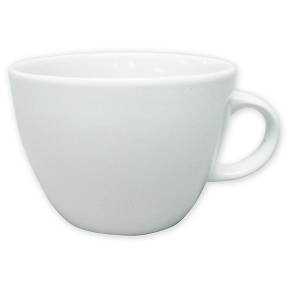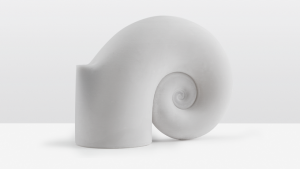- Alumina
- Boron Nitride
- Zirconia
- Other Ceramics
- Applications
- Contact

Ceramics greatly differ in their basic composition. The properties of ceramic materials also vary greatly due to differences in bonding, and thus found a wide range of engineering applications. Classification of ceramics based on their specific applications and composition are two most important ways among many.

Based on their composition, ceramics are classified as:
Oxides,
Carbides,
Nitrides,
Sulfides,
Fluorides, etc.
The other important classification of ceramics is based on their application, such as:
Glasses,
Clay products,
Refractories,
Abrasives,
Cements,
China Special Ceramic Parts.

In general, ceramic materials used for engineering applications can be divided into two groups: traditional ceramics, and the engineering ceramics. Typically, traditional ceramics are made from three basic components: clay, silica (flint) and feldspar. For example bricks, tiles and porcelain articles. However, engineering ceramics consist of highly pure compounds of aluminium oxide (Al2O3), silicon carbide (SiC) and silicon nitride (Si3N4).
Glasses: glasses are a familiar group of ceramics – containers, windows, mirrors, lenses,etc. They are non-crystalline silicates containing other oxides, usually CaO, Na2O, K2O and Al2O3 which influence the glass properties and its color. Typical property of glasses that is important in engineering applications is its response to heating. There is no definite temperature at which the liquid transforms to a solid as with crystalline materials. A specific temperature, known as glass transition temperature or fictive temperature is defined based on viscosity above which material is named as super cooled liquid or liquid, and below it is termed as glass.
Clay products: clay is the one of most widely used ceramic raw material. It is found in great abundance and popular because of ease with which products are made. Clay products are mainly two kinds – structural products (bricks, tiles, sewer pipes) and whitewares (porcelain, chinaware, pottery, etc.).
Refractories: these are described by their capacity to withstand high temperatures without melting or decomposing; and their inertness in severe environments. Thermal insulation is also an important functionality of refractories.
Abrasive ceramics: these are used to grind, wear, or cut away other material. Thus the prime requisite for this group of materials is hardness or wear resistance in addition to high toughness. As they may also exposed to high temperatures, they need to exhibit some refractoriness. Diamond, silicon carbide, tungsten carbide, silica sand, aluminium oxide / corundum are some typical examples of abrasive ceramic materials.
Cements: cement, plaster of paris and lime come under this group of ceramics. The characteristic property of these materials is that when they are mixed with water, they form slurry which sets subsequently and hardens finally. Thus it is possible to form virtually any shape. They are also used as bonding phase, for example between construction bricks.
China Special Ceramic Parts: these are newly developed and manufactured in limited range for specific applications. Usually their electrical, magnetic and optical properties and combination of properties are exploited. Typical applications: heat engines, ceramic armors, electronic packaging, etc.
Thanks for your information provision